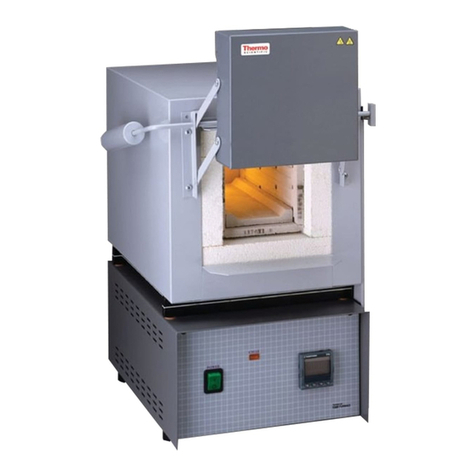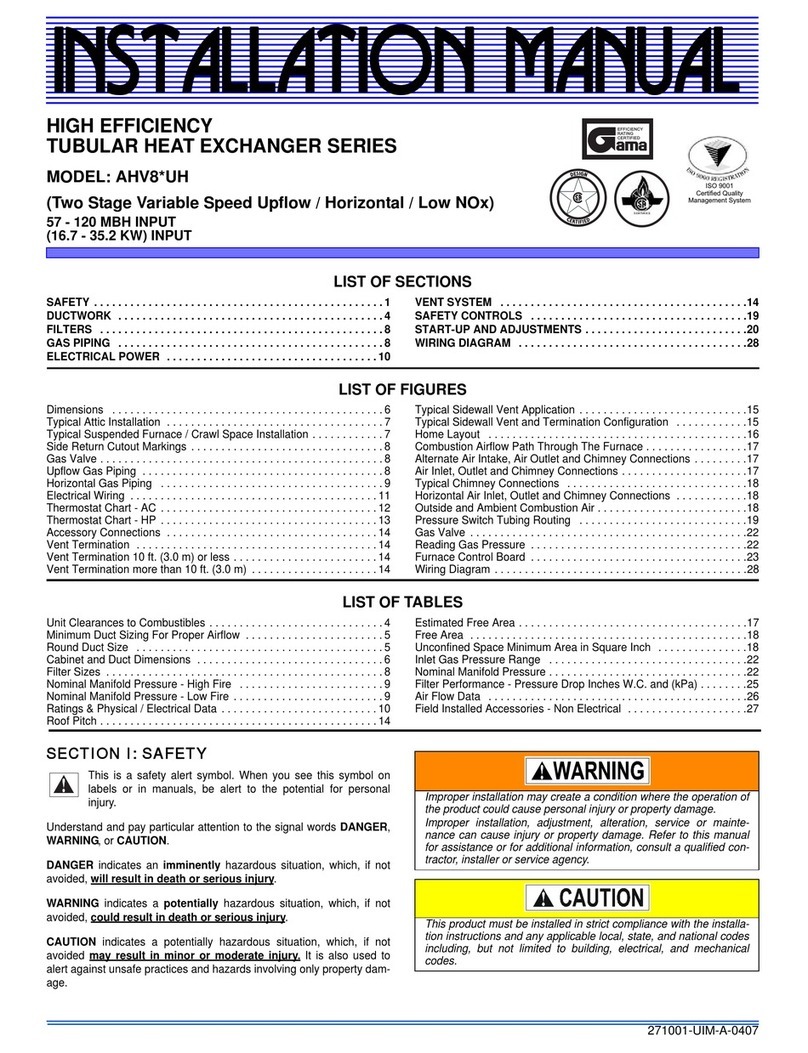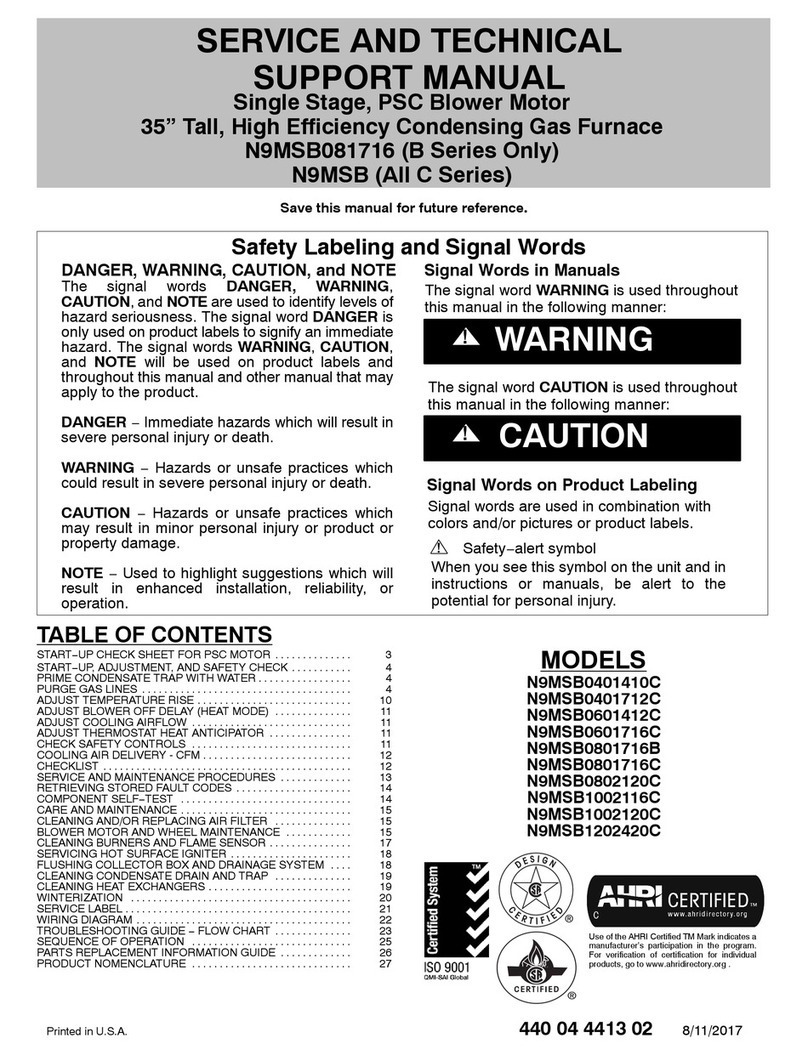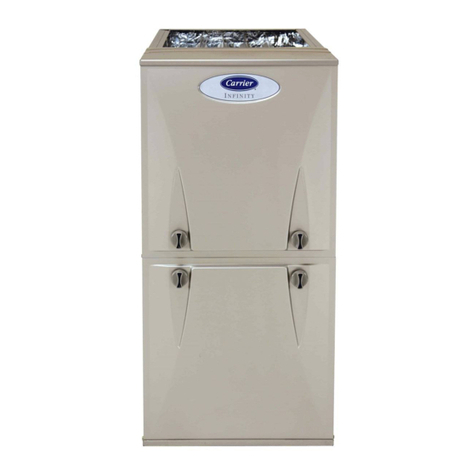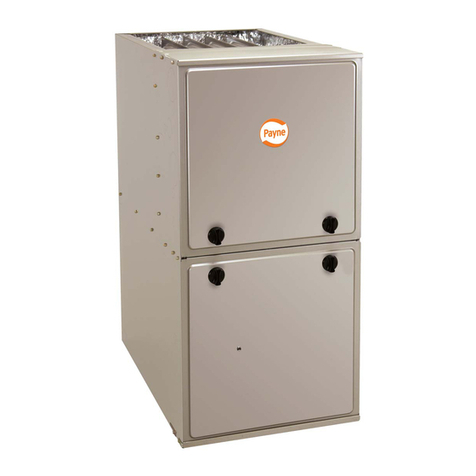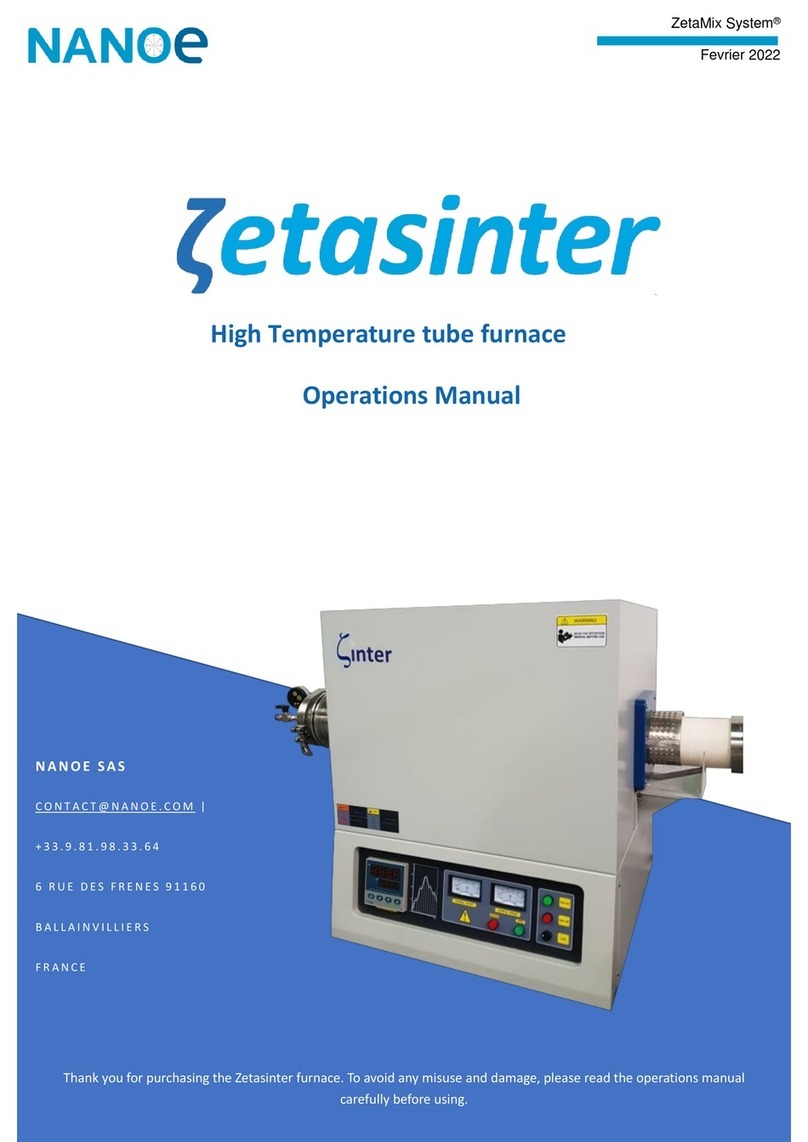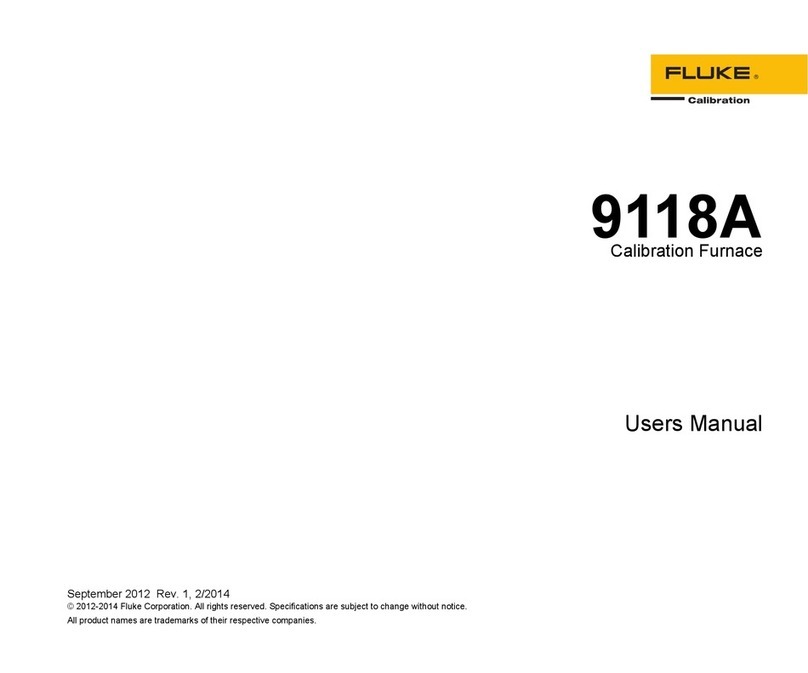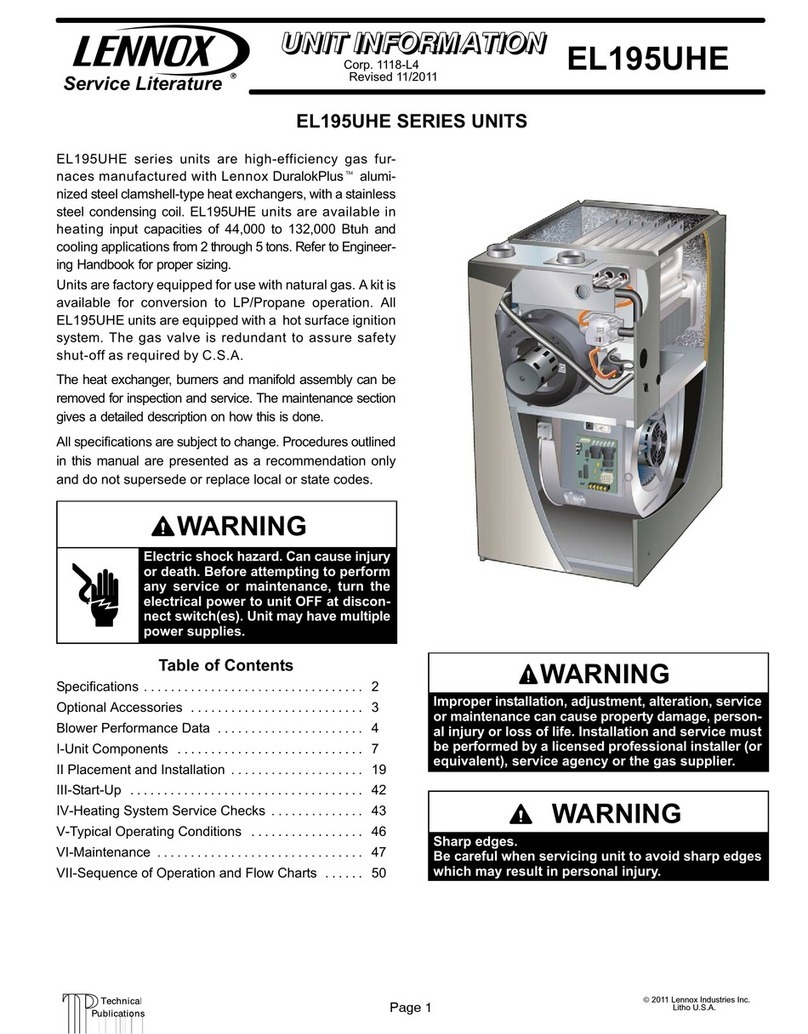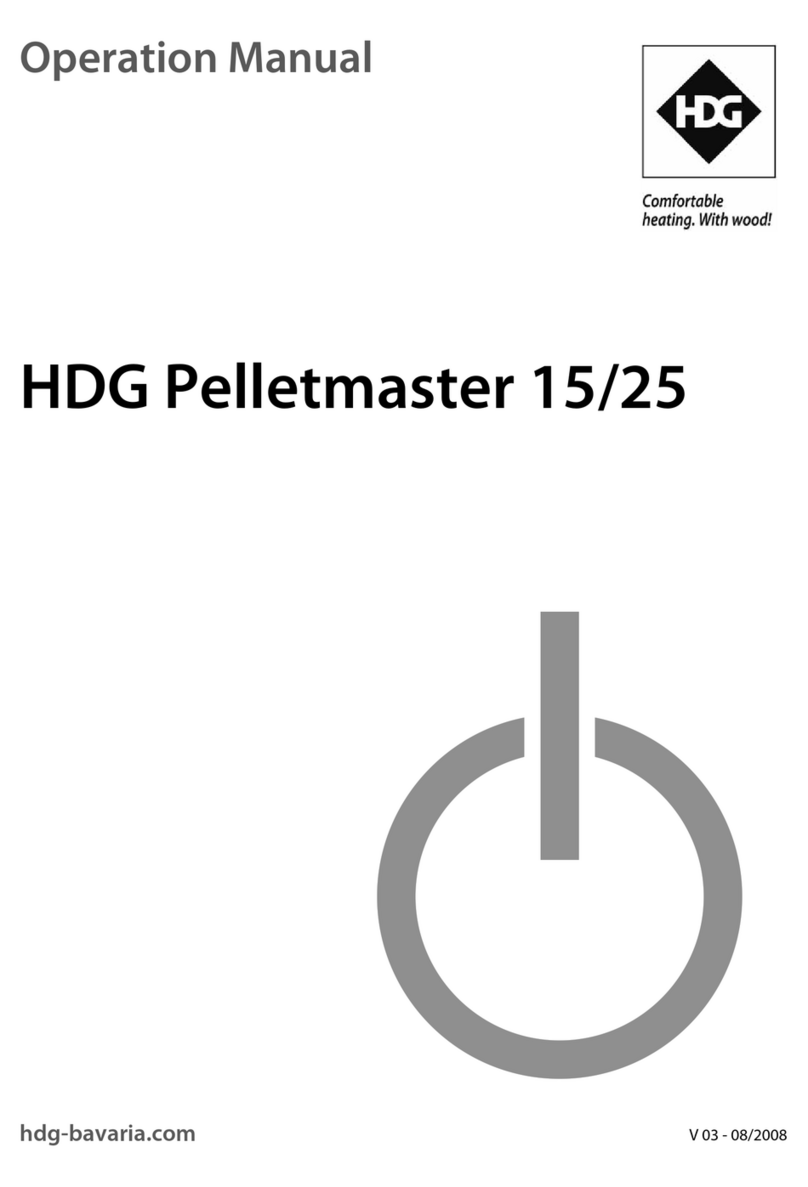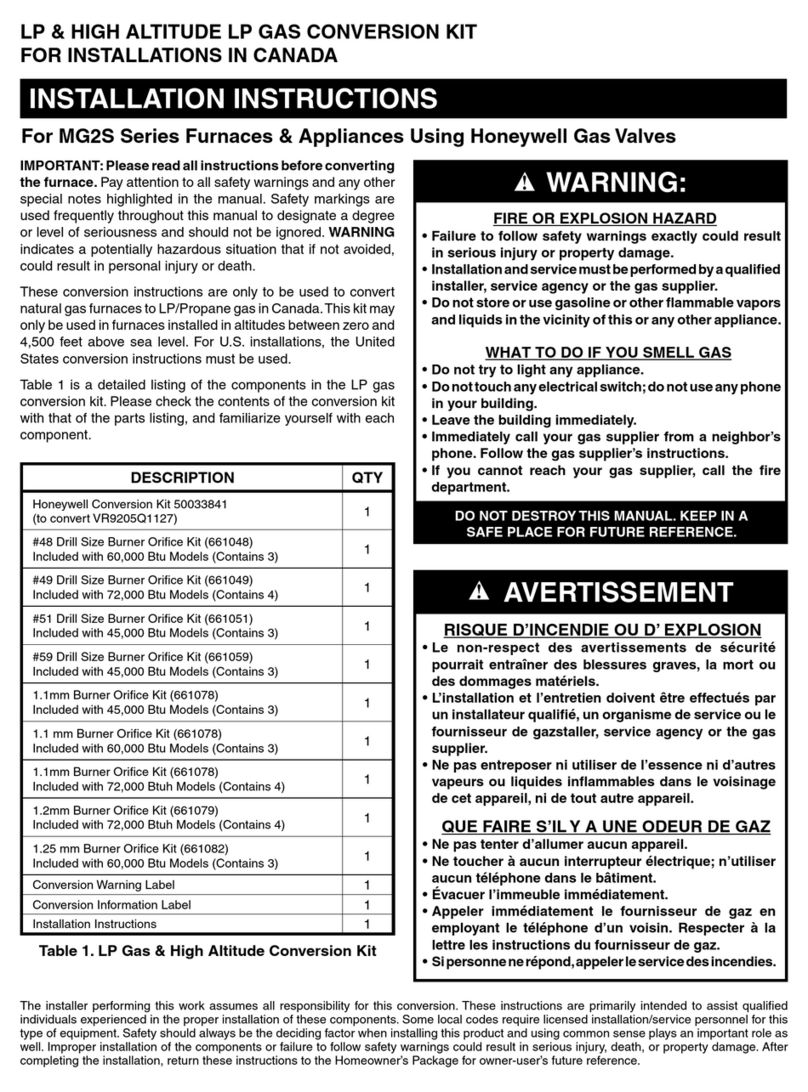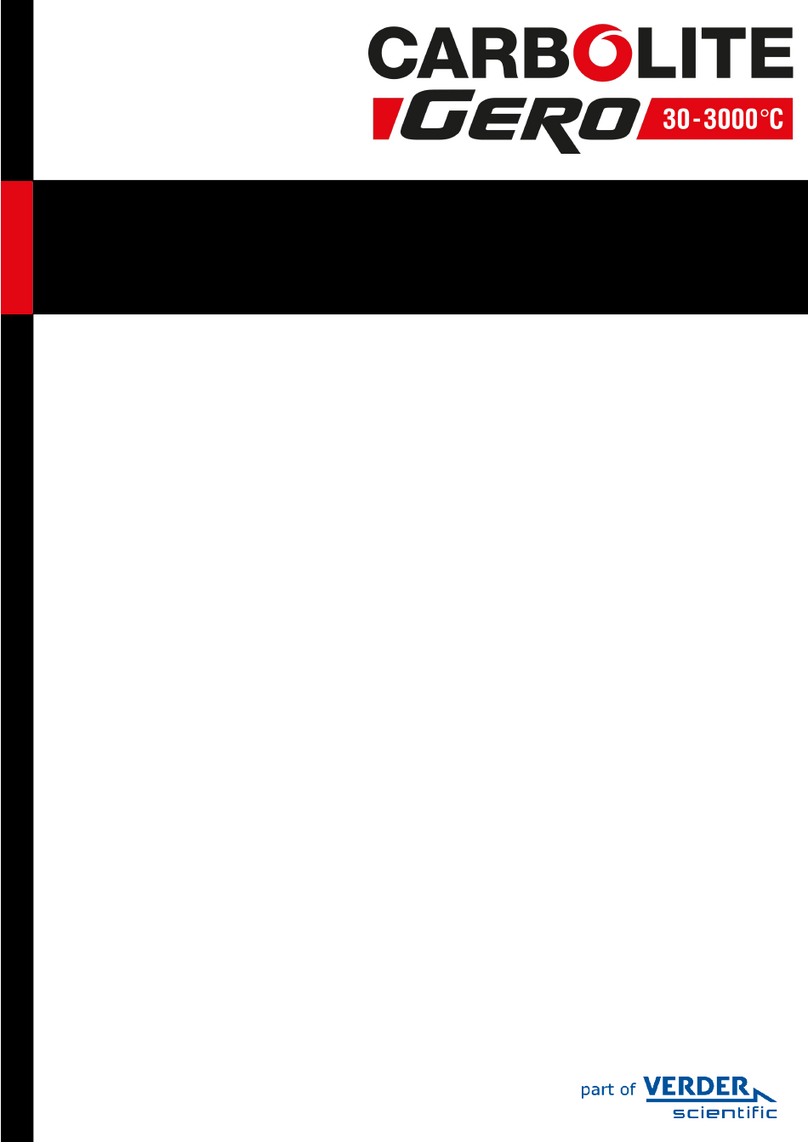
Thermo Scientific i
C
Chapter 1 Safety Notes
Basic Operating Precautions............................................................................................................ 1-1
Safety Consideration. ....................................................................................................................... 1-2
Warranty........................................................................................................................................... 1-3
Material Safety Data Sheet .............................................................................................................. 1-4
Explanation of Safety Information and Symbols............................................................................. 1-12
Additional Symbols for Safety Information ..................................................................................... 1-13
Standards and Directives ............................................................................................................... 1-13
Chapter 2 Introduction
Feature and Benefits. ....................................................................................................................... 2-1
Specifications. .................................................................................................................................. 2-2
Temperature Control System ........................................................................................................... 2-3
Heating Elements ............................................................................................................................. 2-3
Furnace Construction ....................................................................................................................... 2-4
Furnace Insulation............................................................................................................................ 2-4
Thyristor Power Controller................................................................................................................ 2-4
Chapter 3 Pre-Installation
Unpacking ........................................................................................................................................ 3-1
Furnace Assembly............................................................................................................................ 3-1
Chapter 4 Installation
Location............................................................................................................................................ 4-1
Power Wiring. ................................................................................................................................... 4-1
Final Inspection ................................................................................................................................ 4-4
Chapter 5 Start Up
Initial Start Up Procedure ................................................................................................................. 5-1
Furnace Operation ........................................................................................................................... 5-3
Furnace Shutdown ........................................................................................................................... 5-4
Chapter 6 UP150 Control Overview
UP550 Controller.............................................................................................................................. 6-1
Program Mode Operation................................................................................................................. 6-2
Local Mode Operation...................................................................................................................... 6-4
Chapter 7 Communication
Cable Installation.............................................................................................................................. 7-1
Communication Setup Parameter. ................................................................................................... 7-1
Software Installation. ........................................................................................................................ 7-2
Communication test.......................................................................................................................... 7-3
Troubleshooting................................................................................................................................ 7-4
Decimal Point Adjustment ................................................................................................................ 7-4
Table of Contents




